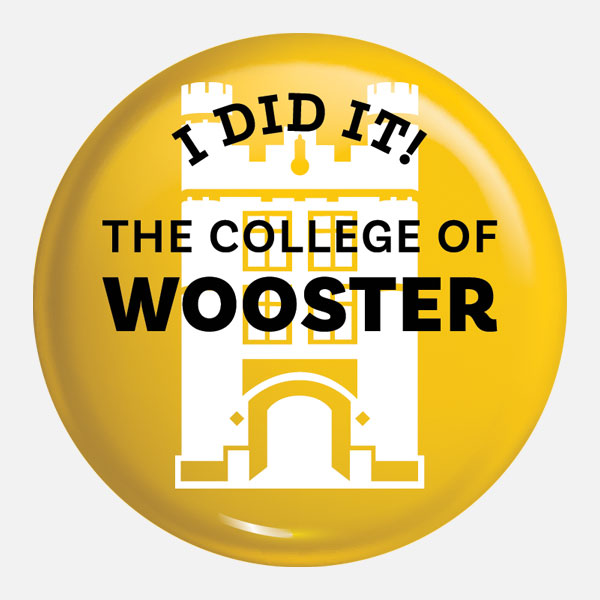
The Influence of Accent, Gender, and Ethnocentrism on Stereotype Content, “What Does the Black Legend Have to Do With Cusco?”: Un Discurso de la Alteridad, la Evangelización, y el Arte Religioso en el Cusco Colonial

Name: Cammy Bly
Majors: Psychology, Spanish
Advisors: Dr. Amber Garcia (Psychology), Hernán Medina (Spanish)
Second reader: Dr. Evan Wilhelms (Psychology), Dr. Rebecca Garonzik (Spanish)
Psychology Abstract
Accent provides immediate social information about the identity of a speaker, introducing positive and negative biases that impact subsequent social interactions. The current study examines the influence of a speaker’s accent and gender (IV) on their perceived warmth and competence (DV). This study also considers the relationship between an individual’s ethnocentrism and their evaluations of a speaker’s warmth and competence. Participants (N= 72) listened to an audio recording one of four possible speakers: North American accented man, Spanish accented man, North American accented woman, and Spanish accented woman. Before listening to the audio recording, participants ranked their own ethnocentrism. After listening to the audio recording, they evaluated the speaker’s warmth and competence. I hypothesized that Spanish accented speakers would be perceived as less competent than North American accented speakers (H1); Women would be perceived as warmer than men, but men would be perceived as more competent than women (H2); Men with a Spanish accent would be perceived as less competent than men with a North American accent (H3); and women with a Spanish accent would be perceived as less warm than women with North American accented English (H4). The results did not support the hypotheses. The results demonstrated a statistically significant main effect of accent on the perceived competence of the Spanish accented man, and a statistically significant interaction between accent and gender on competence. The results are discussed in the context of the Stereotype Content Model.
 Loading...
Loading...
Spanish Abstract
Este trabajo considera las representaciones gráficas y artísticas de la conquista y la evangelización de las Américas en el contexto de la construcción del yo y del otro de Tzvetan Todorov y la reconceptualización de La Leyenda Negra de Walter Mignolo. Todorov propone que la conquista de las Américas es la conquista que “el yo hace del otro” (Todorov 13). Según Todorov, la construcción de la alteridad, u otherness, motivó las acciones de los conquistadores en las Américas y puso a los indígenas en una posición social inferior. Además de la teoría de Todorov, Walter Mignolo utiliza el concepto de la alteridad en su reconceptualización de la Leyenda Negra. En su trabajo, Mignolo considera la historia religiosa de la Península Ibérica y las reacciones europeas para conceptualizar el proyecto colonial en las Américas. Según Mignolo, la fe católica guiaba la construcción de la alteridad en las Américas, y el concepto de la alteridad en las Américas contribuyó al concepto moderno de la raza, y entonces el racismo. Con el uso de las ideas de Todorov y Mignolo como marco teórico, investigo el empleo del arte religioso católico en la vida nueva durante y después de la conquista de las Américas en Cusco, Perú. Específicamente, considero la alteridad y la raza en el cuadro La Última Cena por Marcos Zapata (c. 1753) y Carroza de la cofradía de San Cristóbal de pintor Anónimo (siglo XVII).
 Loading...
Loading...
Posted in Comments Enabled, Independent Study, Symposium 2022 on April 26, 2022.
One response to “The Influence of Accent, Gender, and Ethnocentrism on Stereotype Content, “What Does the Black Legend Have to Do With Cusco?”: Un Discurso de la Alteridad, la Evangelización, y el Arte Religioso en el Cusco Colonial”
Related Posts
Related Areas of Study
Psychology
Do research, work with faculty mentors, and tailor a psychology program to your interests
Major Minor


Hi Cammy! Congratulations! What a great illustration of an interaction effect. Thank you for sharing these results and findings with us!